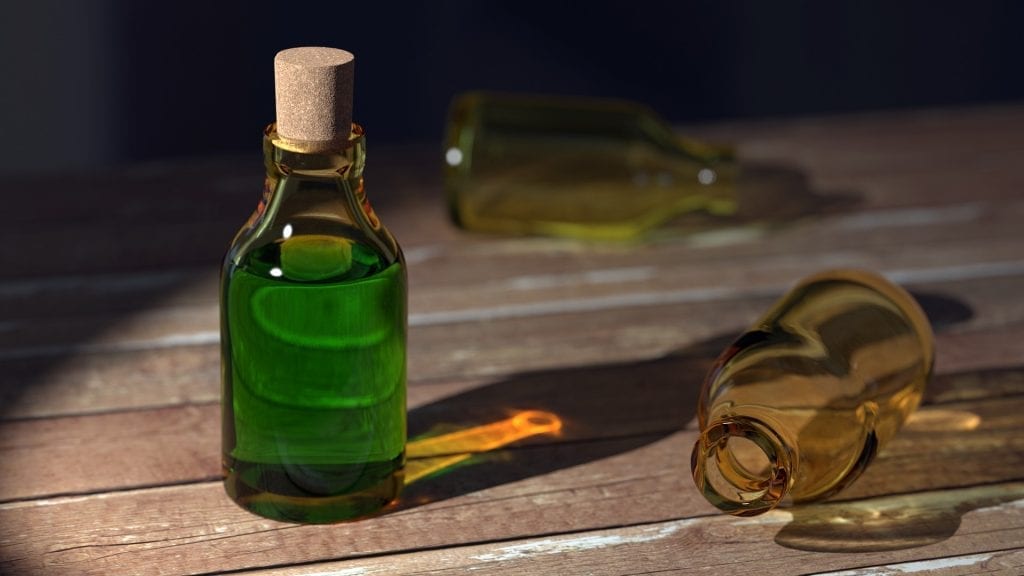Hacking, coughing, scratchy eyes… it could just be a cold, or it could be something more sinister. If your tenants or employees are complaining of odd odors and cold-like symptoms or bloody noses, you may have a formaldehyde problem. Formaldehyde causes both short- and long-term health problems from discomfort to cancer, and is regulated by OSHA. Here’s what you need to know.
What is Formaldehyde?
Formaldehyde is a colorless, flammable gas that sometimes smells like pickles. You may have experienced it in biology class when dissecting a preserved specimen. It’s also common in building materials and furnishings, as a component of resins used in the adhesives for pressed wood products.
It can be introduced into a commercial building during construction, remodeling, or furnishing. Normal levels of the gas usually dissipate into the environment, causing no problems. However, green buildings, tightly sealed buildings, and buildings with high levels of formaldehyde-containing materials can experience a dangerous build-up of the gas. Green buildings are particularly susceptible because of the increased insulation and decreased ventilation that goes along with a tightly sealed building envelope.
When this happens, the employer is directly responsible for addressing and reducing the problem under the OSHA regulation found in 29 CFR 1910.1048.
What the Regulations Say
OSHA has general guidelines for indoor air quality, but it also has specific rules for a few key chemicals. Formaldehyde is one of those that has very specific rules for exposure, as follows:
- Permissible Exposure Level of Formaldehyde, averaged over eight hours: 0.75 parts per million
- Permissible short-term Exposure Level, (15 minutes): 2 parts per million
- Action Level: 0.5 parts per million
When a work space is tested for formaldehyde and the discovered amount is 0.5 parts per million or more, the employer becomes responsible for taking further action. Anything under that amount does not require action.
Testing is required any time you have reason to expect exposure, such as when workers complain of an odor that could be formaldehyde, if you have reason to believe formaldehyde is present in the work area, such as if employees experiencing persistent symptoms including:
- Scratchy eyes
- Hacking
- Coughing
- Nosebleeds
Formaldehyde should especially be suspected when a building is newly occupied, newly remodeled, or newly furnished. It can also increase suddenly at the change of seasons, due to the change in ventilation, or any time work is done to seal up and insulate the building.
What to Do When You Have a Problem
If you suspect a potential formaldehyde issue, contact an indoor air quality (IAQ) professional immediately. They’ll come out to your site and collect air samples from the work area. If your tests come back with a level below the action level, they can help you explore other potential causes of the problem.
If your tests come back above the action level, a good IAQ professional can create a response action. Your response action may include some combination of:
- Engineering controls and additional ventilation
- Replacement of formaldehyde-emitting materials
- Personal protective equipment and administrative controls
The third option is usually less expensive than the first two, but only practical in limited situations, such as a manufacturing plant where workers can wear protective gear on a regular basis. Administrative controls may mean limiting worker exposure to an affected area so that their exposure time is under the acceptable threshold.
Replacement is usually the most effective method when it is practical. Otherwise, extra ventilation and engineering changes may be necessary.
GLE has been testing and planning response actions for our clients for more than 26 years. Our IAQ experts are on hand to discuss your issue today.



